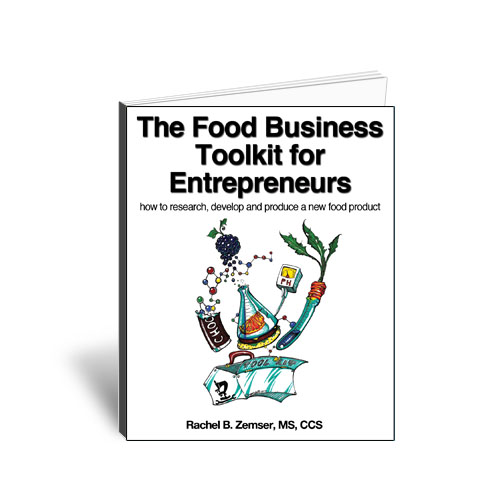Heading E. coli off at the pass

Pfizer Animal Health recently acquired global rights to distribute an E. coli bacterial extract vaccine with SRP technology from Epitopix LLC. SRP, an acronym for siderophore receptors and porins, is a technology that inhibits E. coli’s ability to seek and bind iron, which it needs to sustain growth. When vaccinated with the SRP, the cow’s immune system is stimulated to make antibodies against the siderophore receptors and porins. When exposed to the E. coli bacteria, the antibodies bind to the siderophore receptors and porins and help prevent iron from entering the E. coli cell, causing it to die.
“This technology reduces the bacteria’s ability to shed [excrete] out of the animal and contaminate the environment and the external areas of the animal,” says Dr. Brad Morgan (Spec. Vet. Op.), senior food safety and production specialist, Pfizer Animal Health. In an exclusive FE interview, Morgan said, if the E. coli can be reduced within the animal leaving less of the organism to be shed, it’s less likely to get into the packing plant.
When asked whether grass/hay feeding prior to harvest can decrease the degree of E. coli shedding as some studies have suggested, Morgan points out that getting definitive information on the efficacy of grass feeding is difficult for two reasons: First, the number of cattle tested in these grain vs. grass studies was limited to a few dozen, which does not yield very conclusive scientific evidence. Second, while some cattle may shed one week, their pen-mates may not be shedding E. coli the same week-and there is no particular explanation for this phenomenon.
One of the vaccine test projects Pfizer conducted was with 700,000 cattle for Cargill. Morgan says another one is planned for this summer and will involve more than 25,000 cattle. The problem with a small test sampling as in the grass vs. grain studies, he says, is that if E. coli exists on carcasses at a rate of 0.1 or 0.05 percent, the chance of finding it in a sample of a dozen or two is almost nil.
In tests done so far with the SRP technology, the vaccine has been shown to reduce the number of cattle testing positive for E. coli by 85 percent. And those animals still testing positive showed a 98 percent reduction in concentrations of E. coli.
Morgan says the cost of the vaccine is about $2-2.50 per inoculation, and each animal should receive at least two-maybe three-inoculations during its lifetime. When asked whether this seems expensive, he suggested that all the equipment added to production lines to fix the E. coli problem is not exactly cheap, probably hitting close to a million dollars or more per line.
For more information, Brad Morgan, 405-377-1603, Pfizer Animal Health.
Electronic Bibliography
Reading on grain vs. grass/hay diets:
Effect of Cattle Diet on Escherichia coli O157:H7 Acid Resistance, C.J. Hovde, P.R. Austin, K.A. Cloud, C.J. Williams and C.W. Hunt, 1999.
E. coli O157:H7 in hay- or grain-fed cattle, Dale Hancock and Tom Besser, College of Veterinary Medicine, Washington State University, October 12, 2006.
Grain Feeding and the Dissemination of Acid-Resistant Escherichia coli from Cattle, Francisco Diez-Gonzalez, Todd R. Callaway, Menas G. Kizoulis, James B. Russell, 1998.
Further reading suggested by Pfizer Animal Health:
Thomson DU, Loneragan GH,
National Cattlemen’s Beef Association. Facts for beef producers: A basic look at E. coli O157. Feb. 5, 2004. Accessed Nov. 9, 2010.
National Cattlemen’s Beef Association. A basic look at E. coli O157:H7. 2010. Accessed Nov. 9, 2010.
Centers for Disease Control and Prevention. Escherichia coli O157:H7. Updated July 21, 2010. Accessed Oct. 20, 2010.Looking for a reprint of this article?
From high-res PDFs to custom plaques, order your copy today!






